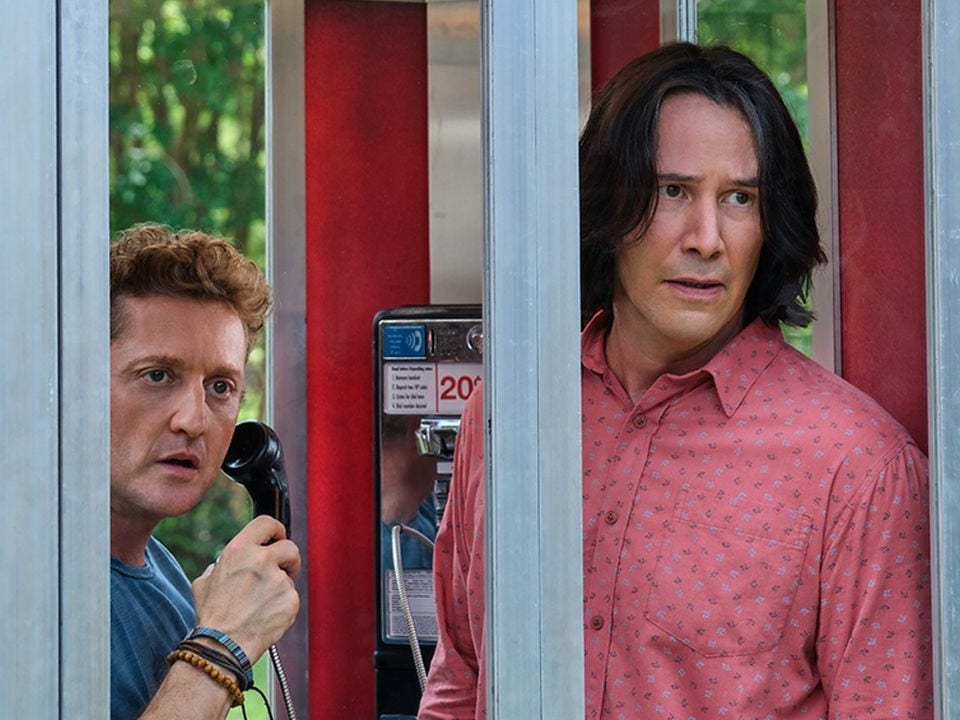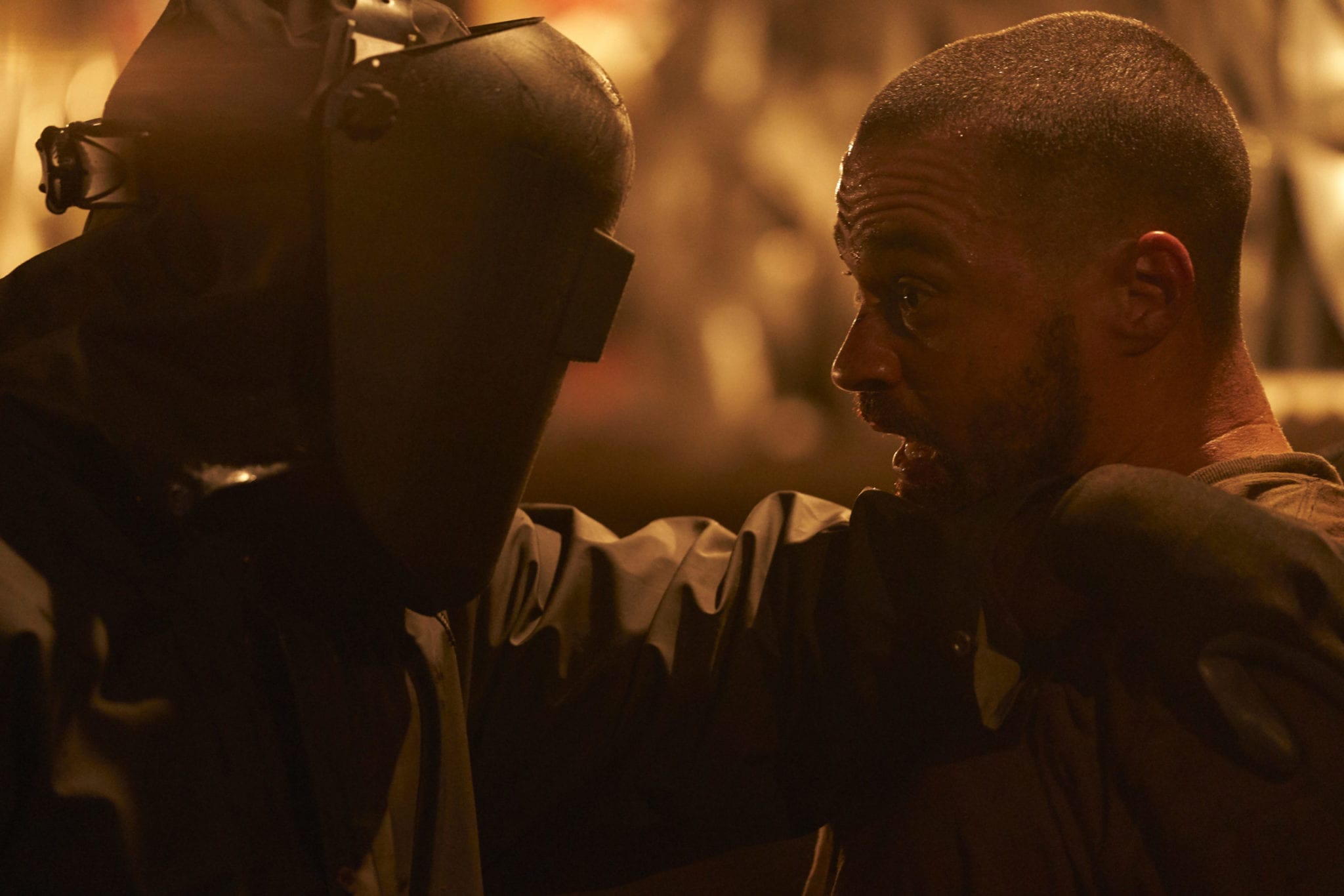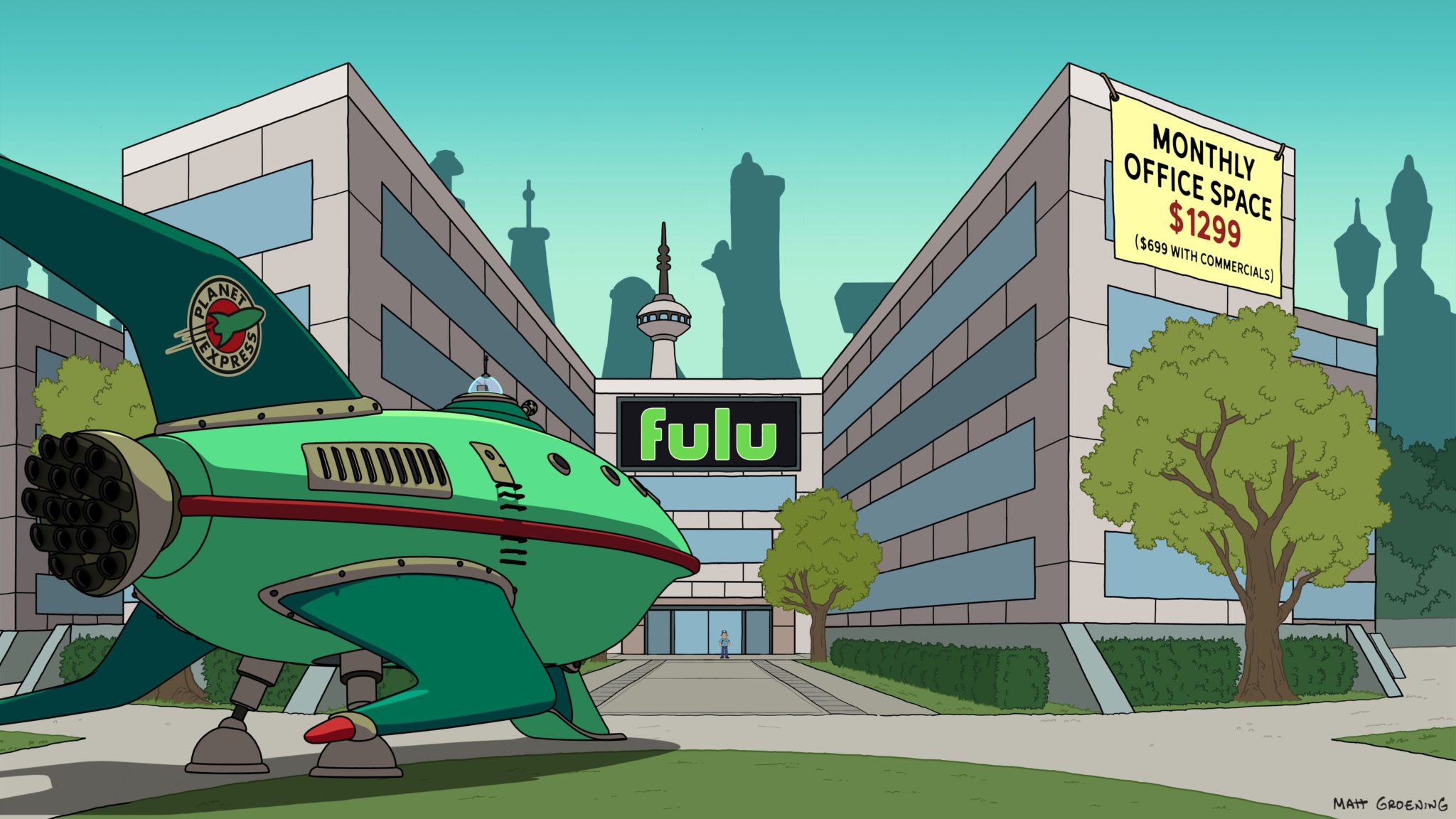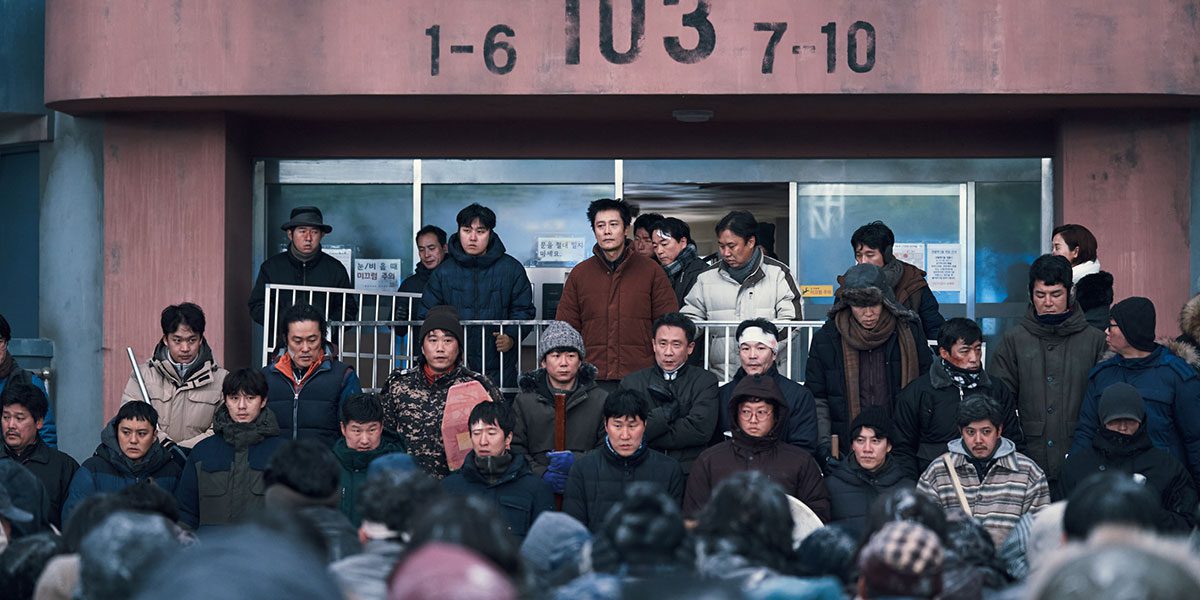
By Ben Dower
Naoko Shindo (Yuriko Hoshi) is at a UFO club meeting for her TV program.??Though no UFOs are seen, they observe a meteor shower over the skies of Japan.??One large meteor crashes into Kurobe Valley.??
Detective Shindo (Yosuke Natsuki), Naoko?s brother, is assigned to protect Princess Salno (Akiko Wakabayashi) from the country of Selgina. She is at risk of being assassinated, and so has had to flee to Japan. On her way to Japan, though, her plane explodes.
A woman appears in Japan claiming to be from Venus and she prophesies that all sorts of disasters are about to happen. Naoko Shindo is interested in speaking to her for her TV program, while Detective Shindo is interested in speaking to her because she bears an incredible resemblance to Princess Salno.
Sure enough, the woman?s prophesies start coming true. Rodan first emerges out of Mount Aso, and then Godzilla comes out of Yokohama harbour. The two monsters begin to fight, smashing their way across Japan. Also, the meteor that crashed into Kurobe Valley bursts open and releases King Ghidorah.
Detective Shindo takes the prophetess to Dr. Tsukamoto (Takashi Shimura). She reveals that Venus used to have an advanced civiliation on it, but Ghidorah arrived and devastated the planet. A remnant of that old Venus civilation now live on Earth, including her.
Japan asks the Shobijin (Emi Ito and Yumi Ito) if Mothra would be able to fight off Ghidorah. The Shobijin say that Mothra is just a caterpillar and won?t be able to. Instead, they suggest trying to convince Godzilla and Rodan to team up with Mothra.
The assassins targeting Princess Salno attack the prophetess at Dr. Tsukamoto?s lab, but are successfully thwarted. With Godzilla and Rodan approaching and the threat from the assassins, the lab is evacuated. During the evacuation, the Shobijin say Mothra has arrived.
Mothra has a lengthy conversation with Godzilla and Rodan, but fails to convince them. In the end, she goes alone to fight Ghidorah. Seeing Mothra bravely standing up against Ghidorah eventually convinces Godzilla and Rodan to join the fight.
As the battle rages, another assassination attempt is made on the prophetess. A bullet grazes her head, snapping her out of her prophetess amnesia and confirming she is Princess Salno. The assassin is killed in the monster fight. After a viscious battle, Godzilla, Rodan, and Mothra manage to force Ghidorah to leave Earth.

Ghidorah, the Three-Headed Monster hit Japanese theatres on December 20, 1964, making 1964 the only year two live action Godzilla movies were released. While the previous movie brought Mothra into the Godzilla series, this movie brings Rodan into it, essentially creating a cinematic universe of sorts. This movie also introduced Godzilla?s arch-enemy, the golden three-headed dragon King Ghidorah!
Ghidorah, the Three-Headed Monster marks the beginning of Godzilla?s transition from destructive god to friendly Earth defender. Unlike Mothra vs. Godzilla, which played the monster action straight, Ghidorah, the Three-Headed Monster brings the comedic moments from King Kong vs. Godzilla back to the monster action, and ups them in intensity. Rodan laughs at Godzilla at one point, and Ghidorah blasts Godzilla in the butt with its ray weapon.
Perhaps the moment that anthropormorphizes the monsters the most is the monster conversation. Mothra, Godzilla, and Rodan literally have a chat about whether or not they should team up against Ghidorah. While they only speak in roars, chirps, and growls, the Shobijin translate the conversation, with Godzilla and Rodan expressing great bitterness towards humans.
Thematically, this movie is much lighter than the previous Godzilla movies, another trend that was taking shape as the 1960s progressed. By the mid-1960s, Japan?s economic miracle was firing on all cylinders, and this is clearly evident on screen. Like Mothra vs. Godzilla earlier that year, the film depicts a Japan that is wealthy. The Shindos own a colour television and watch comedy programs on TV, while the cities Ghidorah attacks are full of stores and entertainment.
Though much of the war-themed doom and gloom from the 1950s films are gone, there is one scene that hearkens back to the war very effectively, and that is Ghidorah?s attack on Matsumoto. The scene starts with an emergency vehicle racing down the street, a speaker on its roof broadcasting that Ghidorah is coming. An air raid siren blares and people run through the streets in panic, while others board up their store fronts. Some point to the sky at something flying toward the city in the distance. Finally Ghidorah swoops over Matsumoto Castle, blasting it with his slipstream.
If there is one other thing that can be taken from Ghidorah, the Three-Headed Monster, it?s that sometimes monsters (and people) may need to put their differences aside to deal with a bigger threat. Godzilla and Rodan don?t like humans or each other at the start of the film. They have to learn to get over those disagreements and team up with Mothra to save their planet from destruction. Indeed, we humans have to learn to put our differences aside to save the planet, and ourselves, both from climate change and nuclear annihilation.
Ghidorah, the Three-Headed Monster was released theatrically in North America by Continental Distributing in September 1965. The film was dubbed into English and had undergone some editing, with scenes and shots moved around or deleted outright. Ghidorah?s name was also changed to Ghidrah.
As with previous films in the series, the edited U.S. version was the only version released in North America for decades. The original Japanese version was finally released on DVD in North America in 2007 by Classic Media on a single disk with the U.S. edit. The original Japanese version of Ghidorah, the Three-Headed Monster is currently available from The Criterion Collection as part of their Godzilla: The Showa-Era Films, 1954-1975 Blu-ray set featuring the first 15 Godzilla movies.




